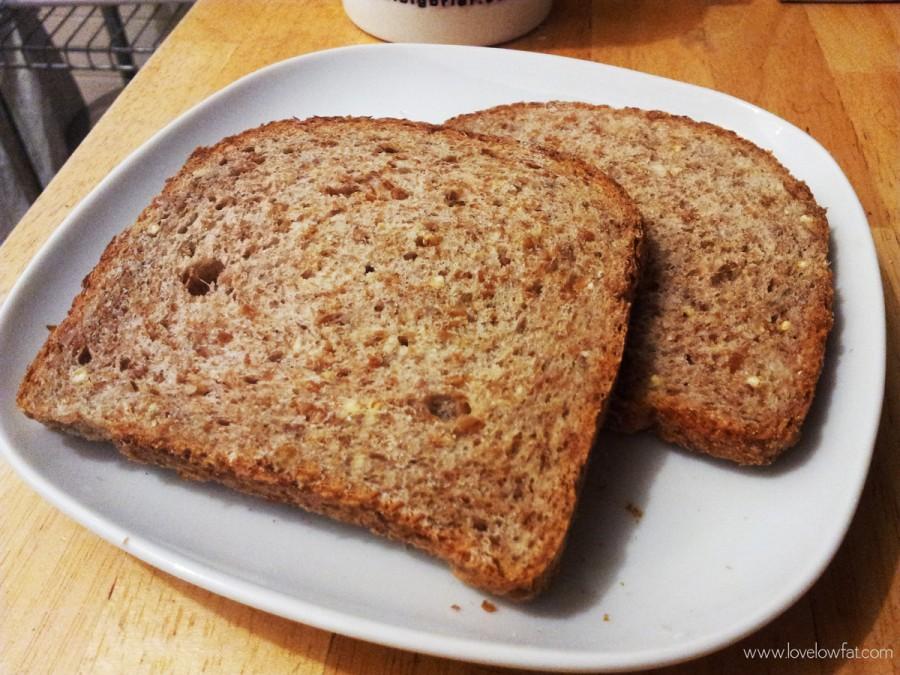America’s Big Problem
February 28, 2016
In 1990, every one of America’s 50 states had an obesity level under 15%. Now, each state has surpassed that and nearly half are almost hitting 30%. So what happened within the past two decades that caused such a large increase in our obesity levels?
Marion Nestle, chair of the Nutrition Department at New York University, said that in the late 1980s, two major reports came out, basically saying dietary fat is the single most important change that needed to be made in order to improve diet and health. This is what created the low-fat era of the 90’s and early 2000’s. This allowed many forms of processed carbohydrates (many in the form of grains or dairy such as bread, rice, and pasta) to creep into our diets.
I remember food pyramids all around my elementary school claiming the largest part of our diet should be grains. However, David Ludwig, professor of nutrition at Harvard, claims the mass amounts of processed carbohydrates we have been devouring create mass amounts of insulin, which in turn causes our fat cells to store too many calories. With this poor distribution of calories, we begin to crave even more; those are then distributed poorly yet again and the cycle repeats. Lack of willpower doesn’t make us fat–being fat makes us fat.

Graph from British Journal of Nutrition
Robert S. Bobrow, Associate Professor of Clinical Family Medicine at Stony Brook University, explains that high fat foods are more filling, thus we end up eating less to satisfy our hunger. And to go even a step farther, he says, “In fact, the body’s metabolism literally turns dietary carbohydrate into fat.”
How can we tackle our big problem? The same way we created it: education. Michelle Obama has been trying to reduce the amount of grain we eat with her MyPlate campaign. However, we don’t need any grain, and are better off without it. According to Mark Sisson, owner of Mark’s Daily Apple (BA in Biology from Williams College), grain has zero beneficial nutrients that aren’t found in better foods, and in those foods the nutrients are in higher numbers.
The inaccurate information we have been fed about low-fat foods can be easily turned around. If we start teaching healthy ways in physical education classes from as early as elementary school, we can be teaching children what to eat. Instead of cutting back on the amount of food a school provides, they can begin to give nutrient dense foods filled with protein and healthy fats.
There would be no repercussions to this plan because it is already taking place — just incorrectly. In school when I learned grain was supposed to hold the largest percentage of my daily intake of food, I could have been learning that grain is actually not a good choice for food and to eat some fish instead. No more funding is required. There just needs to be a shift in what is taught and suddenly America’s big problem will finally thin out.



